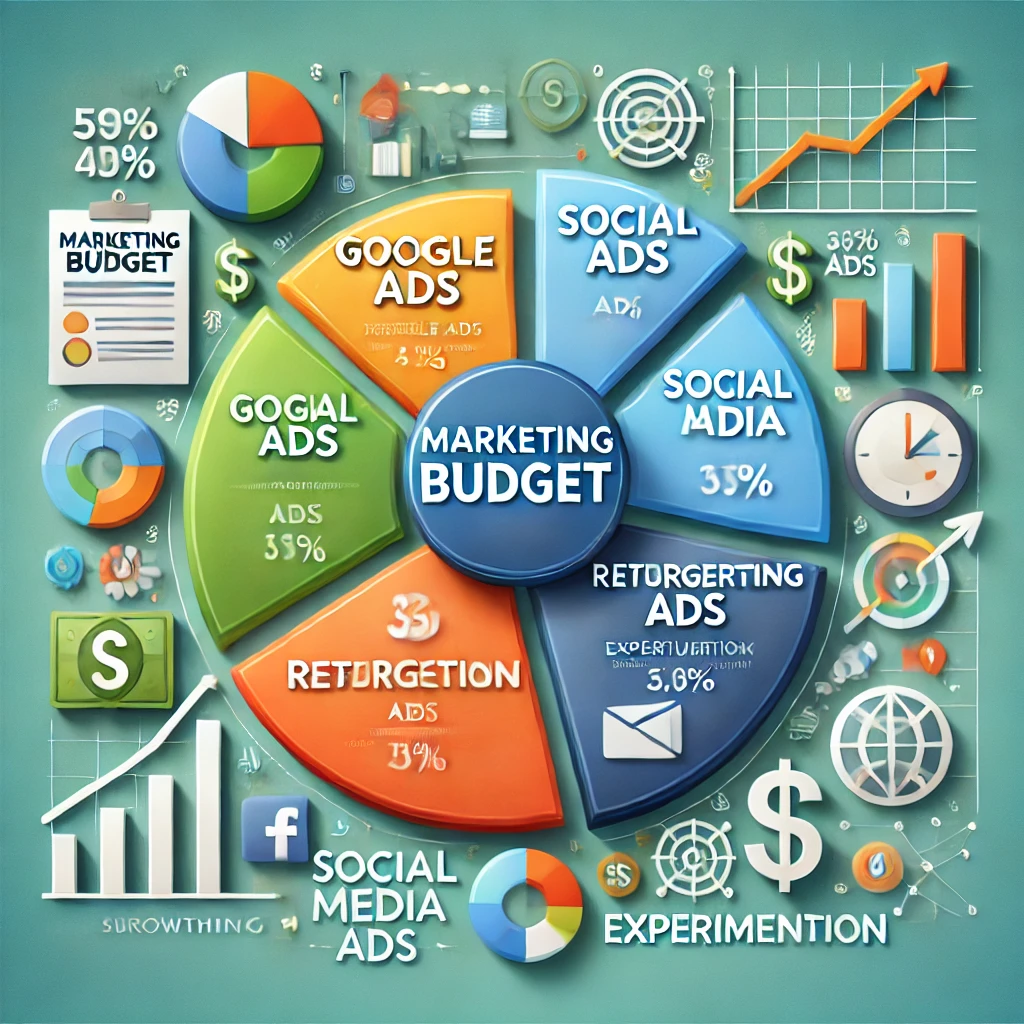
How to Measure Email Campaign Success: Metrics and Best Practices
Measuring the success of your email campaigns is essential to understanding what works and improving your strategy. With the right metrics and tools, you can analyze performance, refine your approach, and maximize ROI. Here’s a comprehensive guide on how to measure the success of your email marketing campaigns.
Key Metrics to Track Email Campaign Performance
1. Open Rate
The percentage of recipients who open your email.
- What It Measures:
- Effectiveness of your subject line and preheader.
- How to Improve:
- Craft compelling subject lines.
- Personalize emails with the recipient’s name or interests.
- Avoid spammy words like “free” or “guaranteed.”
2. Click-Through Rate (CTR)
The percentage of recipients who clicked on a link within your email.
- What It Measures:
- The effectiveness of your email content and CTAs.
- How to Improve:
- Use clear, actionable CTAs.
- Make your content visually appealing and easy to scan.
- Place CTAs prominently in the email.
3. Conversion Rate
The percentage of recipients who completed the desired action, such as making a purchase, signing up for a service, or downloading a resource.
- What It Measures:
- The ROI of your email campaign.
- How to Improve:
- Align the email content with your landing page.
- Simplify the user journey from email to action.
4. Bounce Rate
The percentage of emails that were not successfully delivered to recipients.
- What It Measures:
- The quality of your email list.
- Types of Bounces:
- Hard Bounce: Permanent delivery issues (e.g., invalid email address).
- Soft Bounce: Temporary issues (e.g., full inbox).
- How to Improve:
- Regularly clean your email list.
- Use a double opt-in process to ensure valid email addresses.
5. Unsubscribe Rate
The percentage of recipients who opted out of your mailing list after receiving your email.
- What It Measures:
- Audience satisfaction with your email content.
- How to Improve:
- Segment your email list for more targeted content.
- Send emails at a frequency your audience prefers.
6. Spam Complaint Rate
The percentage of recipients who marked your email as spam.
- What It Measures:
- How relevant and welcome your emails are to recipients.
- How to Improve:
- Use clear, permission-based email lists.
- Provide an easy way to unsubscribe.
7. List Growth Rate
The rate at which your email list grows over time.
- What It Measures:
- The effectiveness of your list-building efforts.
- How to Improve:
- Offer valuable lead magnets (e.g., free guides or discounts).
- Promote sign-ups on your website and social media.
8. Email Sharing/Forwarding Rate
The percentage of recipients who share or forward your email to others.
- What It Measures:
- How shareable your content is.
- How to Improve:
- Include social sharing buttons.
- Create highly valuable or entertaining content.
Tools to Measure Email Campaign Success
- Mailchimp: Provides in-depth analytics on open rates, CTRs, and conversions.
- HubSpot: Offers advanced metrics like engagement over time and device performance.
- Constant Contact: Tracks email performance with easy-to-read reports.
- Google Analytics: Measures conversions and traffic generated from email campaigns.
- Campaign Monitor: Focuses on deliverability and engagement metrics.
Benchmark Metrics for Email Campaigns
| Metric | Industry Benchmark |
|---|---|
| Open Rate | 15% – 25% |
| Click-Through Rate (CTR) | 2.5% – 5% |
| Conversion Rate | 1% – 5% |
| Bounce Rate | < 2% |
| Unsubscribe Rate | < 0.5% |
(Note: These benchmarks vary by industry and audience.)
Best Practices for Optimizing Email Campaigns
1. Segment Your Audience
Personalized emails tailored to specific audience segments perform better.
- Segment by demographics, behavior, or purchase history.
2. A/B Test Your Emails
Experiment with different elements to find what works best.
- Test subject lines, CTAs, and email designs.
3. Focus on Mobile Optimization
Ensure your emails look great on mobile devices.
- Use responsive designs.
- Keep the content concise.
4. Monitor Engagement Metrics Regularly
Track your metrics over time to spot trends and make adjustments.
5. Re-Engage Inactive Subscribers
Send re-engagement campaigns to win back dormant users.
Common Email Marketing Pitfalls to Avoid
- Ignoring Data: Regularly analyze metrics to improve your campaigns.
- Overloading Emails: Focus on one clear message per email.
- Using Poor Lists: Build permission-based lists to avoid spam complaints.
- Lack of Testing: Experiment with elements like design and timing.
- Unclear CTAs: Make it obvious what action you want recipients to take.
Conclusion
Measuring the success of your email campaigns is vital for understanding your audience and optimizing your strategy. By focusing on the right metrics and continuously improving your approach, you can maximize your ROI and achieve your marketing goals.
Start tracking these metrics today to refine your email campaigns and boost your results!
Transform Your Landscaping Website into a Client Magnet – Claim Your Free Audit Now!


